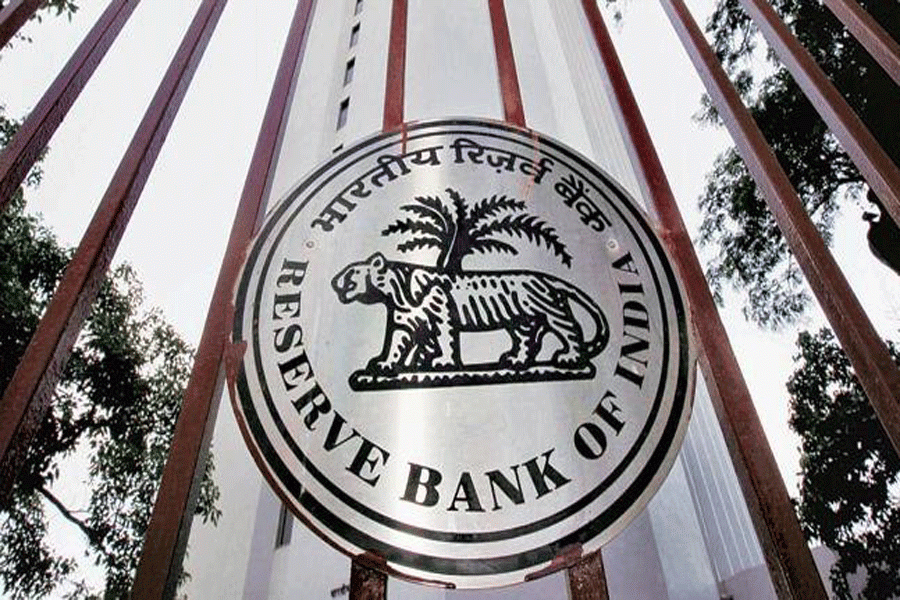Moody’s Investor Service on Tuesday said the RBI’s mandate on aligning commercial bank floating loan rates to the external benchmark from next month is credit negative for Indian banks, reports NDTV.
“Currently, banks’ floating rate loans are benchmarked to the Marginal Cost of Funds-based Lending Rates. With changes in lending rates aligned to changes in the cost of funding, banks are able to mitigate their interest rate risk.
“Under the new rules, this direct linkage between lending rates and funding costs will no longer exist. This will expose banks to asymmetrical movements in the cost of funding and loan yields, thus exposing them to interest rate risks,” the US rating agency said in a report.
“On September 4, the Reserve Bank of India (RBI) mandated that all new floating rates for personal and retail loans, along with loans to micro, small and medium enterprises are to be linked to an external benchmark from October 1. This is a credit negative for India’s banks as it will limit their flexibility in managing interest rate risk”, it added.
This new external reference rate could either be the central bank’s key lending, or repo rate, or the three-month or six-month treasury bill rates, or any other benchmark market interest rate published by the Financial Benchmark India Private Ltd—an entity that administers benchmark rates.
Under the new rules, banks will be free to decide the spread over the external benchmark.
Subsequently, credit risk premiums may undergo change when a borrower’s credit assessment also undergoes a substantial change, as agreed upon in the loan contract. Moreover, other components of spreads, including operating costs, can be altered once every three years.
Under the new rules, the direct linkage between lending rates and funding costs will no longer exist. This will expose banks to asymmetrical movement s in the cost of funding and loan yields, thus exposing them to interest rate risks.


